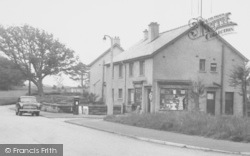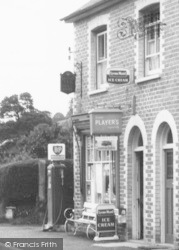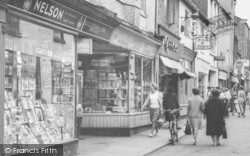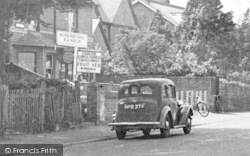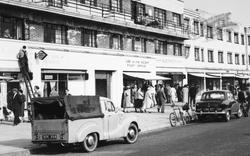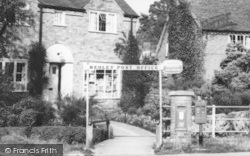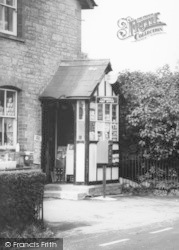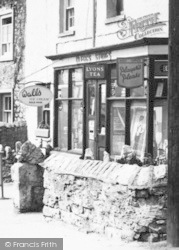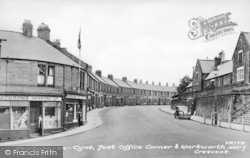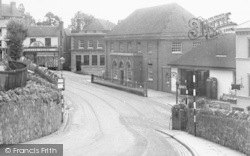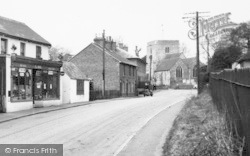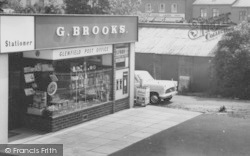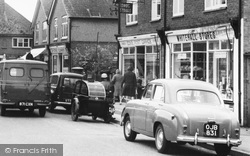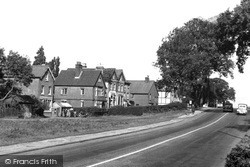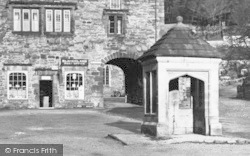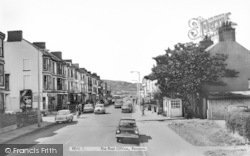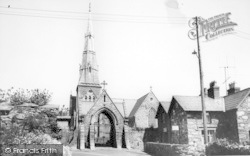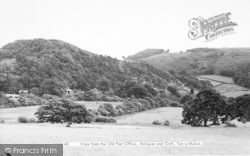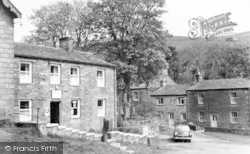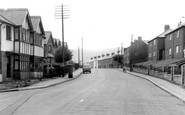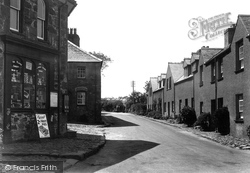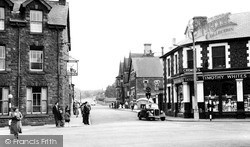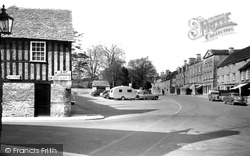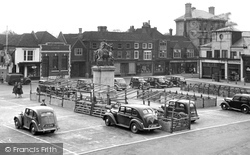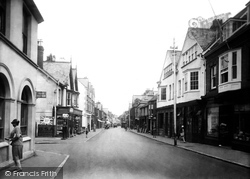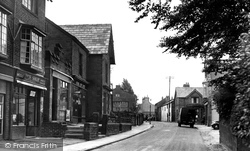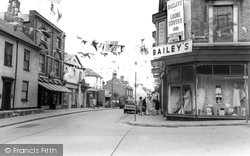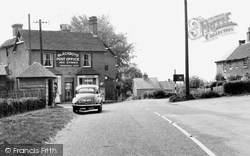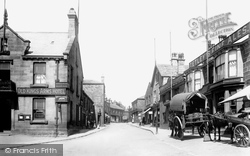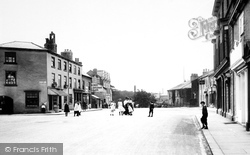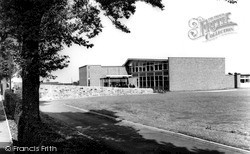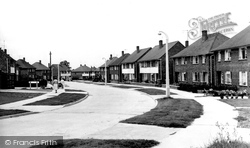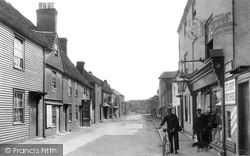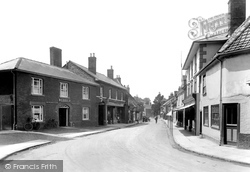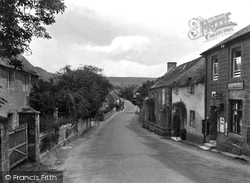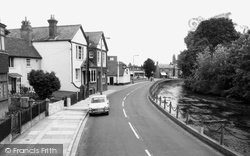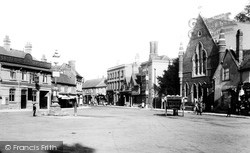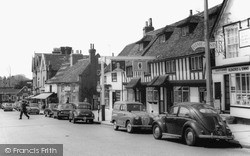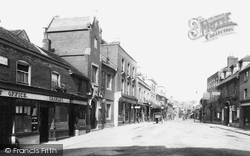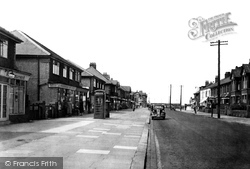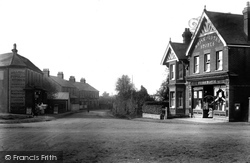Places
9 places found.
Those places high-lighted have photos. All locations may have maps, books and memories.
Photos
2,748 photos found. Showing results 821 to 840.
Maps
776 maps found.
Books
1 books found. Showing results 985 to 1.
Memories
2,736 memories found. Showing results 411 to 420.
Caravan Holiday At Cliffsend
My Aunt owned a caravan on Danes Nursery site Cliffsend. It was called "Endevour". It was built by may Uncle, then when completed towed to Danes Field. It was sited in the far right hand corner of the field. ...Read more
A memory of Little Cliffsend in 1955 by
Post Office Garden Village
The photograph is of Garden Village Post Office which was then in Cambrian Ave. The couple standing together are my parents, Stan & Mary Watts, I believe the man standing on pavement is a neighbour Bob Davies. My ...Read more
A memory of Gilfach Goch by
Saturday Morning Pictures
I lived in Caversham Avenue in the 1960's near Janet, Heather, Pauline and Lorraine. I used to go to Cheam Park Farm Infants School and also Cheam Park Farm Juniors. Each Saturday morning my sister Frances and I would ...Read more
A memory of North Cheam in 1964 by
Memories Of Netherton
We lived in the Old Manse at the end of Manse Road; our dad spent all his spare time doing it up. When we moved in it was antiquated and stinky but it ended up a nice house. Our dad was a music teacher at Larkhall Academy. I ...Read more
A memory of Newmains in 1959 by
Northcliffe County Secondary School 1965
Does anyone remember or attended Northcliffe County Secondary School in Shipley during the early 60's. I can remember the Headmaster being Mr Bartholemew. Our RI teacher was Mr Scott, Geography teacher Mrs ...Read more
A memory of Shipley in 1965 by
Halfords Cafe And Outside Caterers, Castleford Rd.
Hi everyone. I was born in 56 and lived in Normanton and Altofts until moving to Pontefract when I was 7 or 8. My grandad had a cafe down Castleford Road called Halfords. Funny how this works isn't ...Read more
A memory of Normanton in 1959 by
Blackwell!
I once found the long lost "Blackwell" in Blackwell Street, Kidderminster......It was very large, and very deep..... it was around 1967-68 time! We had to locate it as it was somewhere beneath the location of the proposed Swan ...Read more
A memory of Kidderminster in 1968
Dancing Classes At The Alhambra Palace
I used to go to Bob Dale's ballroom dancing classes. That would have been around 1956-1959 when I was 13-15 years old. I loved it there and, of course, fell in love with him! If was thrilled in later years when I ...Read more
A memory of Droylsden
We're My Roots Lay
I was born in Kelstern 1954, the house I was born in my gran and grandads was next door to the school, sorry to say neither of these exist today, but times move on as they say. My grandparents were Bert and Margery Vickers. My ...Read more
A memory of Kelstern by
Captions
1,653 captions found. Showing results 985 to 1,008.
A few miles from the old port of Pwllheli, this small village on the side of the river Erch would seem to offer little to the passer-through; but a few houses, a church and a small shop offering anything
Timothy Whites, the chemist, was a familiar sight in post-war Wales and is a conspicuous business on the Square.
But the cars are getting bigger, and the Vauxhall exudes the post-war General Motors influence - Britain is going to get a lot more American yet!
Behind Ken Pett's green post office van on the left of the picture, you can just see the remains of Norman Burton's shop which burnt down during the early hours of 6 January 1948.
The lady on the left is standing outside Budleigh's post office, as we may even today, for it has so far survived on the same site.
The small, ornate castellated building in the centre of the row of shops used to be Heswall Village Post Office, but that later moved to its present position in the building to its immediate right.
At the top of Shooters Hill there is a sign-post. To the left of the sign-post between the buildings can be seen a lovely view of the harbour and the boats of the Yacht Haven.
The village also had a well-known post-type windmill, which was sited by the main road. The 14th-century Blackboys Inn has been recently restored after fire damage.
Also on Town Street was the Salvation Army, tithe cottages for the local clergy, and, grouped around the old Arcade, the post office, bank, bakers, florists and cobblers.
Finally, on the left is the old Post Office.
Severely modern and uncompromising in its architecture, this grammar school symbolised the progressive educational changes of the post-war period.
Severely modern and uncompromising in its architecture, this grammar school symbolised the progressive educational changes of the post-war period.
Our tour of Aylesbury peters out amid the post-war expansion to accommodate London's overspill.
This interesting picture of the village street and the post office shows the village postman about to mount his bicycle.
are Harry Webber, hairdresser, in the former Oakes Bank of 1885, the International Stores (Frederick Riches was manager), who traded here from 1909 to 1976, and Eccleston's, draper and grocers, now the post
Severely modern and uncompromising in its architecture, this grammar school symbolised the progressive educational changes of the post-war period.
There is no longer a post office next to the ornate and elegant Scala Cinema (second from the right), and the Rhymney General Stores (extreme right) is now a chemist`s.
We are looking eastwards down Main Street from Chideock House (left) and what is now the Old Post Office (right). It was run by Charles Gibbs and his daughter Hilda.
In the distance can be seen a small shopping centre with a post office at the point where Spring Lane branches off from Riverside.
Beyond, the building with the four-shaft 17th-century chimney stack was used as the Post Office until recently and is now a clothing shop.
At the centre, secreted away within an 18th-century brick skin, is a superb late mediaeval hall house, complete with a fine crown post roof and an original window on the rear elevation.
Most of the buildings on the right have since been rebuilt, while on the left all up to the three-storey brick building with the parapet, now the Abbey National, have also gone (and some beyond).
On the left are a fish and chip shop, the post office and a baker's shop.
It was also the post office, William Brinkworth having been appointed postmaster in 1897.
Places (9)
Photos (2748)
Memories (2736)
Books (1)
Maps (776)




